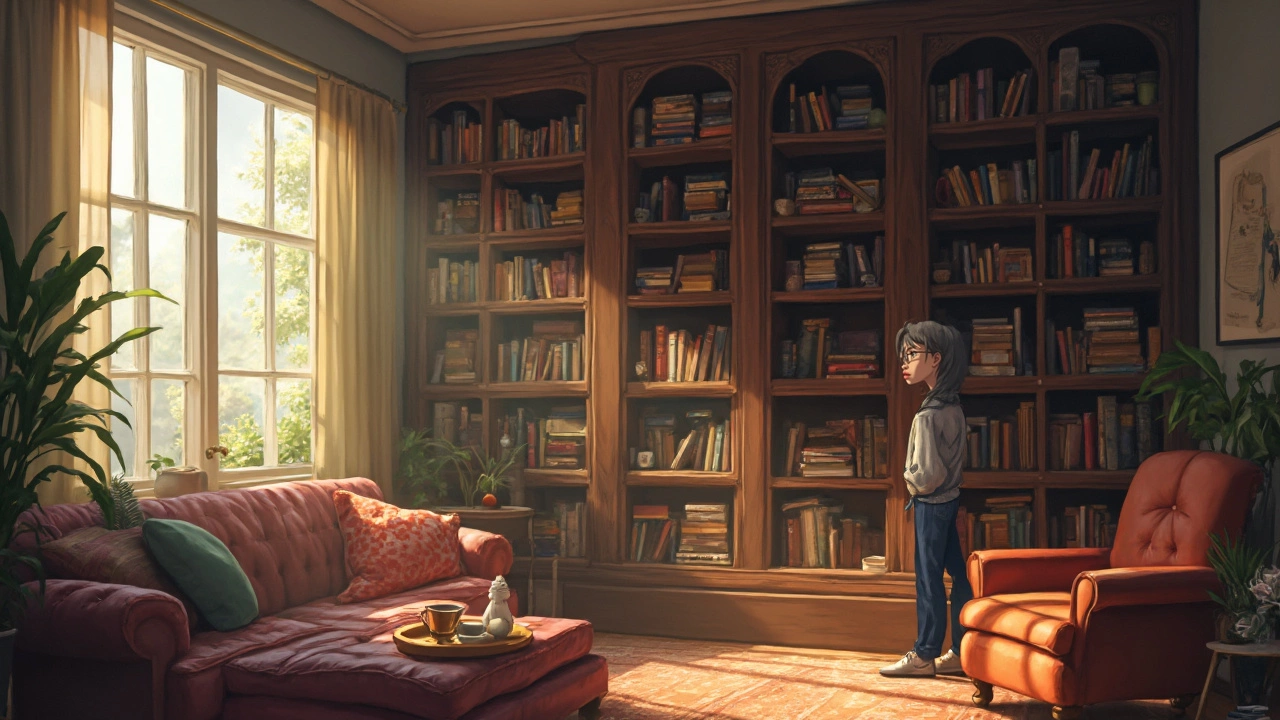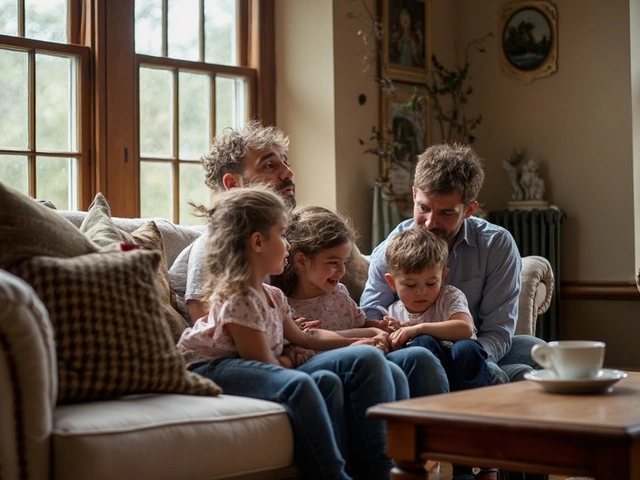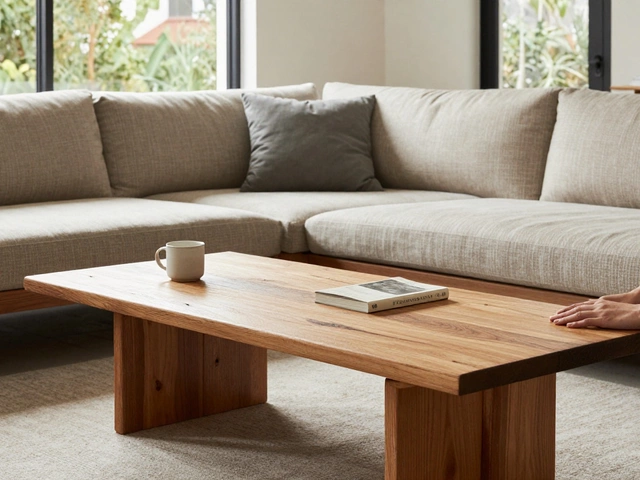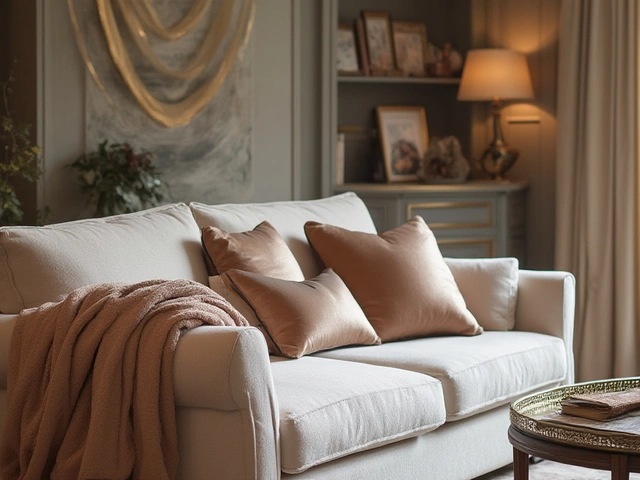Arranging Books Made Simple for Classrooms and Libraries
Got a pile of books and no idea where to put them? You’re not alone. Teachers, librarians, and even parents face the same problem every term. The good news is you don’t need a master plan or expensive redesign. With a few smart moves and the right furniture, you can turn chaos into order in no time.
Why the Right Furniture Matters
First things first – the shelves you use set the stage. A sturdy, adjustable shelf works better than a flimsy one that bends under the weight of textbooks. Look for furniture with good depth so books stay in place, and consider modular units that you can re‑arrange as the class size changes. A low‑height shelf makes it easy for younger kids to pull books out, while taller units are perfect for high‑school reference books.
Don’t forget about mobility. Wheels on a bookshelf let you move it for cleaning or to create new reading corners. If space is tight, think about wall‑mounted units that free up floor area. All of these choices help you keep the room flexible and the books reachable.
Practical Tips to Organise Your Books
1. Group by subject or age. Kids locate books faster when they’re sorted the way they think about them. Put storybooks together, science texts in another section, and so on. Use simple labels – a printed sign or a colour‑coded tag works fine.
2. Use the “50‑page rule”. If a book has fewer than 50 pages, place it on a lower shelf or in a basket. Thicker books belong on sturdier shelves higher up. This keeps heavy books from bending the lower shelves and makes lightweight books easy for little hands.
3. Leave breathing room. Don’t cram books shoulder‑to‑shoulder. A small gap lets kids see the spines clearly and pulls books out without fighting the stack. It also reduces wear on the covers.
4. Rotate seasonal collections. Keep holiday stories or special topics out of the way most of the year. Store them on a separate cart and bring them out when they’re relevant. This clears space for the core curriculum.
5. Teach the habit. Spend a few minutes each day showing students how to return a book to its spot. A quick “put it back where you found it” reminder builds routine and keeps the shelves tidy without your constant supervision.
6. Use bins for loose items. Magazines, worksheets, and activity books belong in labelled bins rather than on open shelves. Bins with handles are easy for kids to move and help you keep the area neat.
7. Check weight limits. Most classroom shelves can hold about 30 kg per metre. If you’re stacking heavy dictionaries, place them on a lower, stronger shelf. This prevents sagging and keeps the furniture safe.
Putting these steps together creates a system that works for both teachers and students. You’ll notice fewer misplaced books, quicker lesson prep, and a calmer room overall.
Remember, arranging books isn’t a one‑time job. A quick tidy‑up at the end of each week keeps the system running smoothly. With the right furniture and a few easy habits, you’ll have a tidy, inviting space where kids want to read and learn.
Ready to try it out? Grab a notebook, sketch a quick layout of your room, pick the shelves that fit, and start grouping. You’ll see the difference within a day.





